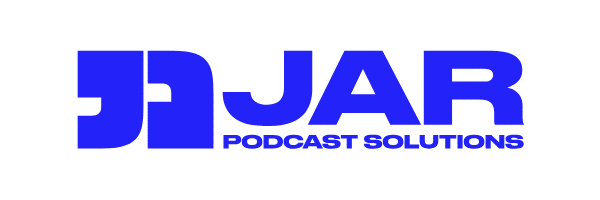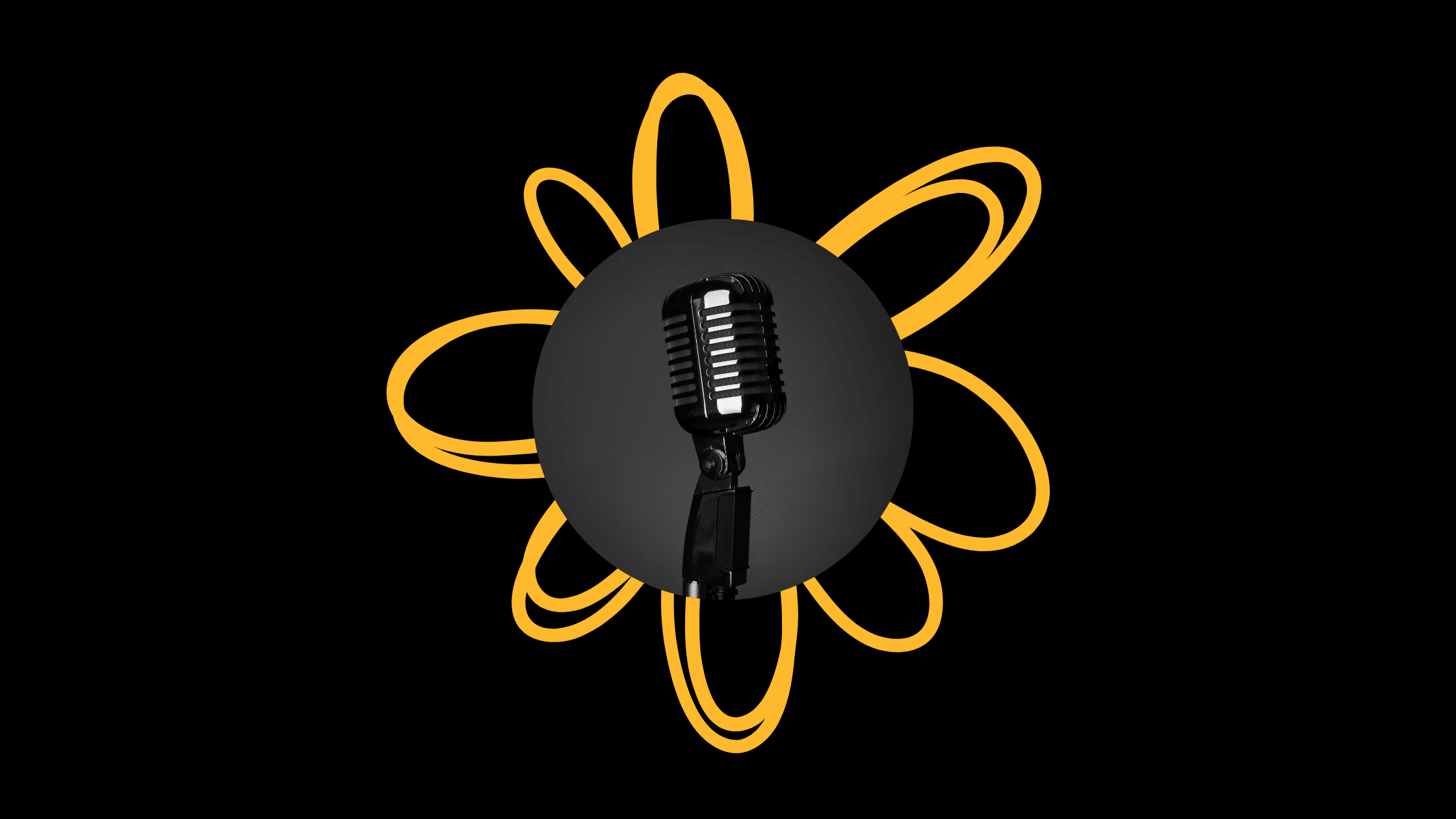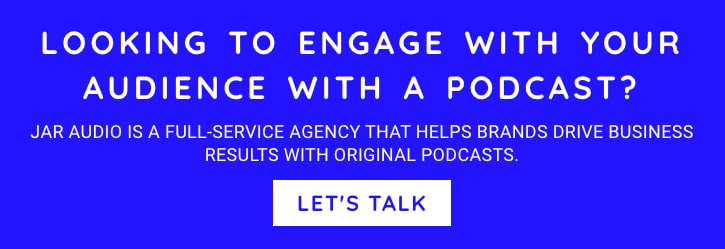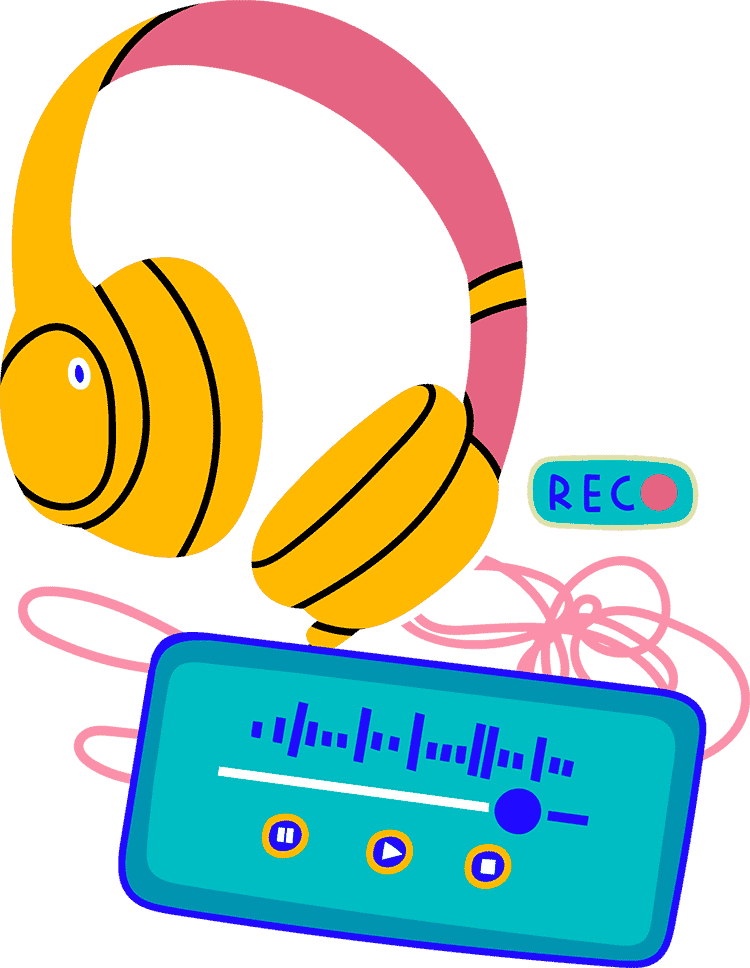I’ve lost count of how many times I’ve seen it: a B2B brand decides they “should” have a podcast. Someone in the C-suite hears a competitor has one. Or a CEO’s buddy just launched a branded podcast show. Or there’s some budget left at the end of the quarter and, hey, microphones are shiny.
Before anyone can say “target audience,” someone’s booked a studio.
The first recording day? Electric. Headphones on, coffee in hand, the low hum of possibility in the air. But without a clear plan, that excitement fizzles fast. What you end up with is a podcast that drifts off-topic, stalls out, and quietly gets shelved.
Early signs the train’s about to leave the tracks
The red flags show up before you even hit record:
- No consensus on purpose — Marketing swears it’s for thought leadership. Sales thinks it’s for lead gen. The CEO just says, “brand awareness.” All three could work, but if you don’t pick one primary goal, you’ll end up serving none.
- No clearly defined audience — This is the big one. Who are you speaking to? If you can’t picture an actual person pressing play, you’re flying blind. “Decision-makers” is way too broad — a startup founder and a government agency exec are not looking for the same show.
- No clear measurement plan — If you don’t know what “success” looks like, you’ll have no way to prove the podcast’s value.
Ignore these in podcast pre-production, and they’ll come back to bite you.
Where it starts to unravel
By mid-season, the cracks start showing:
- One week you’re doing a deep technical dive; the next, a frothy industry trend piece.
- The tone’s all wrong — maybe it’s too casual for senior execs or too jargon-heavy for mid-level managers.
- Internal teams barely know the show exists — I’ve literally had salespeople find out about “their” podcast from a LinkedIn post months after launch.
Without podcast audience alignment, even beautifully produced episodes can feel like they’re shouting into the void.
The turning points that could have saved it
Here’s the heartbreaker: almost every underperforming podcast I’ve seen had at least three moments early on when strategy could have turned the ship around.
If someone had asked:
- Who exactly is this for?
- What do we want them to do or feel after listening?
- How do we plan to tell people about it?
- How will we know it’s working?
…we’d be talking about a success story instead of a post-mortem.
The solution: structure before sound, voice before video
At JAR Podcast Solutions, we use a framework — MEDIA + JOB + FORMAT + LEVEL — to make sure a show’s foundation is rock solid before anyone presses record.
- MEDIA: Is this podcast going to be audio, video, or a mix? How come? And how will social media keep the conversation going? YouTube audiences consume content differently than Spotify listeners, and if you’ve got both, you’ll need a plan that speaks to each.
- JOB: What’s the podcast supposed to do for your brand? Build thought leadership? Generate leads? Boost brand awareness? Build a community? Educate customers? Recruit talent? Tell your product story? Nailing this down on day one keeps the show from wandering off into “nice but useless” territory.
- FORMAT: How will you shape the content so people stick around? It could be interviews — whether that’s an in-depth one-on-one or a co-hosted conversation — immersive narrative storytelling that hooks an audience and holds them through thick and thin, creative scripted fiction, a panel of experts, or a loose, chatty roundtable of “opinion leaders.” The trick is matching the format to your audience, your brand voice, and your goals.
- LEVEL: How polished should your podcast be? Conversational and scrappy, or visually dynamic with a sound designer pulling all-nighters? Do you want curated social media content that extends the campaign with original material, or are you okay with a few quirky, AI-generated snippets in the mix? There’s no single “right” answer — it’s about who you’re talking to, and how much you’re willing to invest to bring your vision to life. Whatever you choose, remember: your production level sends a signal about your brand, so make sure it’s the one you want people to hear.
Lock-in these four areas during pre-production, and you sidestep the exact pitfalls that tank so many B2B podcasts.
Final thoughts
Recording is the fun part: the mics, the banter, the “we’re making a show!” energy. But in podcasting, what happens before you hit record matters more than what happens after.
Audiences can tell when a show is intentional and consistent, and they reward that with attention, loyalty, and word-of-mouth. Skip the strategy, and you’re just making noise. Build strategy in from the start — with a crystal-clear picture of who you’re talking to — and you’re building a lasting asset.
At JAR, we love helping brands turn podcast ideas into shows with real impact. Reach out if you’re ready to make yours count.
TL;DR
Most podcast failures start before recording — unclear goals, undefined audience, and no success metrics.
Set the foundation early using the JAR System:
- JOB – Define its purpose for your brand.
- MEDIA – Pick the right mix of audio, video, and social.
- FORMAT – Match style to audience and goals.
- LEVEL – Align production polish and promotion with your vision and resources.
Intentional, consistent shows earn audience trust and longevity. Skip the strategy, and you’re just making noise.
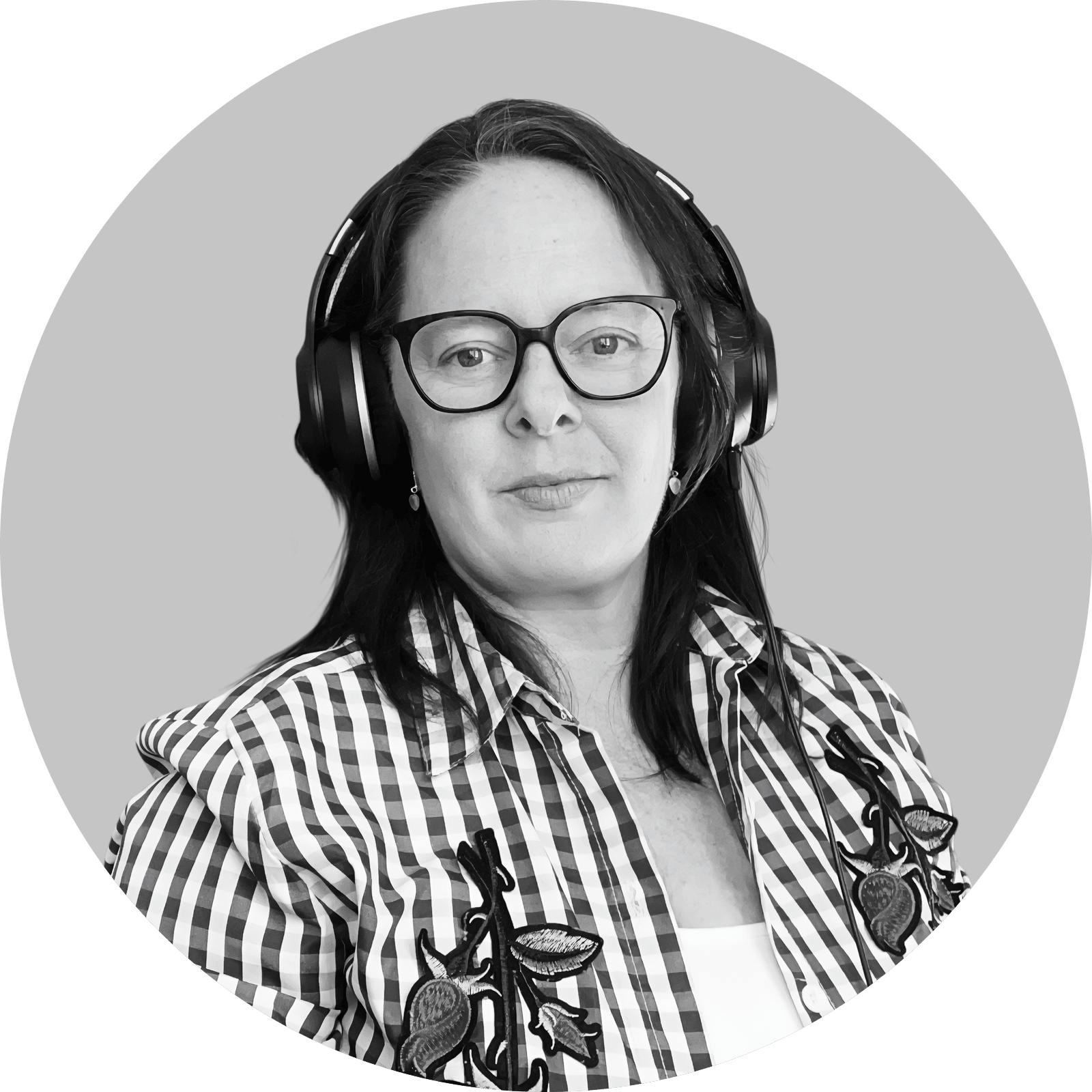
Jen Moss is the Co-Founder and and Chief Creative Officer of JAR Audio. As JAR’s podcast “doula”, collaborating with enterprise brands to bring great podcasts into the world. With a background spanning CBC Radio, Canada’s National Film Board Digital Studio, Vancouver’s Roundhouse Radio and the University of British Columbia, she guides the creation of captivating podcasts at JAR.
